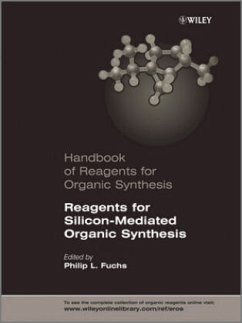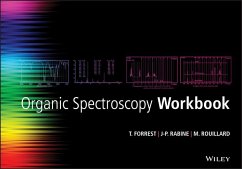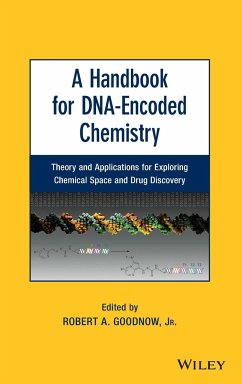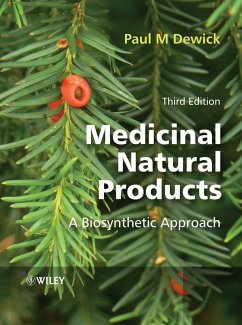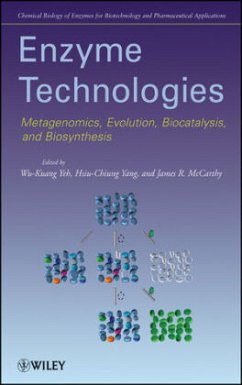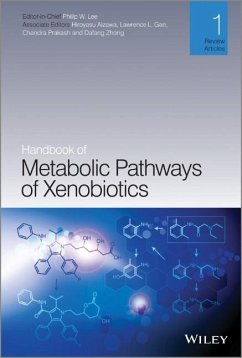
Encyclopedia of Reagents for Organic Synthesis, 14 Volume Set
Versandkostenfrei!
Versandfertig in über 4 Wochen
7.660,99 €
inkl. MwSt.

PAYBACK Punkte
3830 °P sammeln!
At last, the long anticipated second edition of the highly successful Encyclopedia of Reagents for Organic Synthesis (EROS) is publishing in print in March 2009. With its wealth of valuable information, excellent editorial leadership and methodical classification, EROS has become the authoritative reference source on reagents and catalysts.
This makes EROS vital reading for everybody working in organic synthesis. It has wide appeal, with relevance not only to Organic Chemists, but also to Inorganic, Physical and Analytical Chemists, Materials Scientists, Chemical Engineers, Biochemists, Medicinal and Pharmaceutical Chemists and Pharmacologists. In short, it is an essential product for all academic and industrial chemistry laboratories and libraries.
COMPREHENSIVE
With its 50,000 reactions and 4,111 reagents, Encyclopedia of Reagents for Organic Synthesis offers readers a substantial wealth of information.
Each entry contains, where available:
- CAS numbers
- InChI and InChIKeys
- alternative names and structures
- details on availability and physical properties, including solubility, form in which it's supplied, purification methods, form obtainable in purification and preparation methods
- extensive reviews
- examples of transformations for each reagent with reaction schemes
- comparison of one agent's specific properties with those of others capable of equivalent chemistry, together with reaction schemes
- stereo-, regio-, and enantio-control properties
- required precautions for working with the reagent
- the various uses and characteristics of each reagent with illustrative examples
- related literature
METHODICAL
Encyclopedia of Reagents for Organic Synthesis has been designed and developed by chemists for chemists. It makes it as easy as possible for users to find the most suitable reagents for performing particular reactions. Reagents are arranged in A to Z format while each reagent entry is presented in a uniform style so that the user is provided with a recognizable format and structure.
New in the second edition of Encyclopedia of Reagents for Organic Synthesis:
- Over 1,000 new reagents
- Over 620 updated reagents retaining the original text and references whilst adding additional up-to-date information
- New types of reagents and catalysts
- In addition to CAS numbers each article now also includes InChI and InChIKeys
- A standard citation style in the reference list for each reagent
- An author index
This makes EROS vital reading for everybody working in organic synthesis. It has wide appeal, with relevance not only to Organic Chemists, but also to Inorganic, Physical and Analytical Chemists, Materials Scientists, Chemical Engineers, Biochemists, Medicinal and Pharmaceutical Chemists and Pharmacologists. In short, it is an essential product for all academic and industrial chemistry laboratories and libraries.
COMPREHENSIVE
With its 50,000 reactions and 4,111 reagents, Encyclopedia of Reagents for Organic Synthesis offers readers a substantial wealth of information.
Each entry contains, where available:
- CAS numbers
- InChI and InChIKeys
- alternative names and structures
- details on availability and physical properties, including solubility, form in which it's supplied, purification methods, form obtainable in purification and preparation methods
- extensive reviews
- examples of transformations for each reagent with reaction schemes
- comparison of one agent's specific properties with those of others capable of equivalent chemistry, together with reaction schemes
- stereo-, regio-, and enantio-control properties
- required precautions for working with the reagent
- the various uses and characteristics of each reagent with illustrative examples
- related literature
METHODICAL
Encyclopedia of Reagents for Organic Synthesis has been designed and developed by chemists for chemists. It makes it as easy as possible for users to find the most suitable reagents for performing particular reactions. Reagents are arranged in A to Z format while each reagent entry is presented in a uniform style so that the user is provided with a recognizable format and structure.
New in the second edition of Encyclopedia of Reagents for Organic Synthesis:
- Over 1,000 new reagents
- Over 620 updated reagents retaining the original text and references whilst adding additional up-to-date information
- New types of reagents and catalysts
- In addition to CAS numbers each article now also includes InChI and InChIKeys
- A standard citation style in the reference list for each reagent
- An author index



